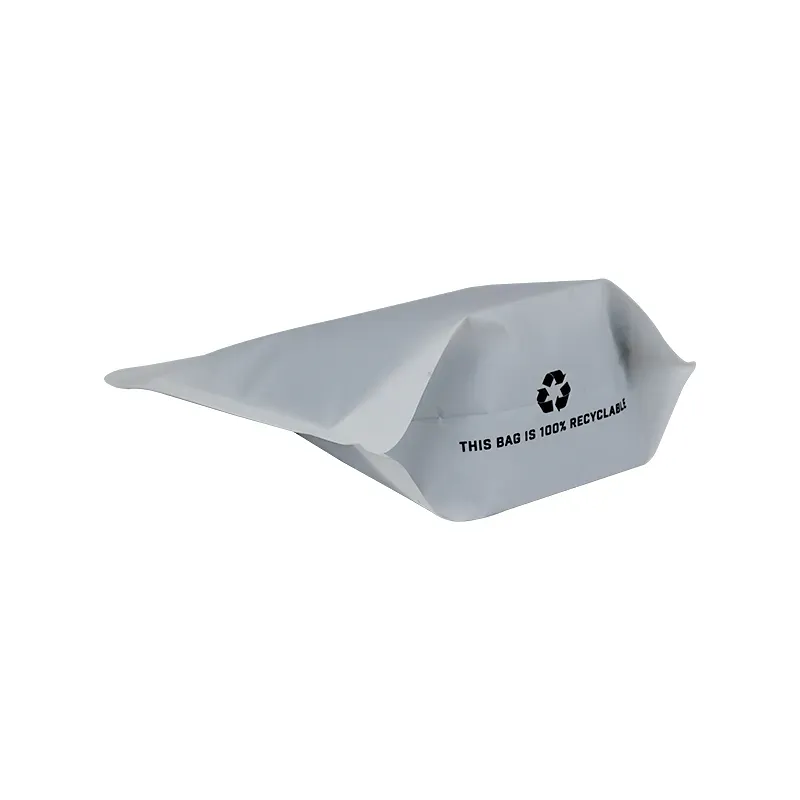- Afrikaans
- Albanian
- Amharic
- Arabic
- Armenian
- Azerbaijani
- Basque
- Belarusian
- Bengali
- Bosnian
- Bulgarian
- Catalan
- Cebuano
- chinese_simplified
- chinese_traditional
- Corsican
- Croatian
- Czech
- Danish
- Dutch
- English
- Esperanto
- Estonian
- Finnish
- French
- Frisian
- Galician
- Georgian
- German
- Greek
- Gujarati
- haitian_creole
- hausa
- hawaiian
- Hebrew
- Hindi
- Miao
- Hungarian
- Icelandic
- igbo
- Indonesian
- irish
- Italian
- Japanese
- Javanese
- Kannada
- kazakh
- Khmer
- Rwandese
- Korean
- Kurdish
- Kyrgyz
- Lao
- Latin
- Latvian
- Lithuanian
- Luxembourgish
- Macedonian
- Malgashi
- Malay
- Malayalam
- Maltese
- Maori
- Marathi
- Mongolian
- Myanmar
- Nepali
- Norwegian
- Norwegian
- Occitan
- Pashto
- Persian
- Polish
- Portuguese
- Punjabi
- Romanian
- Russian
- Samoan
- scottish-gaelic
- Serbian
- Sesotho
- Shona
- Sindhi
- Sinhala
- Slovak
- Slovenian
- Somali
- Spanish
- Sundanese
- Swahili
- Swedish
- Tagalog
- Tajik
- Tamil
- Tatar
- Telugu
- Thai
- Turkish
- Turkmen
- Ukrainian
- Urdu
- Uighur
- Uzbek
- Vietnamese
- Welsh
- Bantu
- Yiddish
- Yoruba
- Zulu
box weight
Understanding Box Weight Importance and Implications
In an increasingly globalized world, the logistics and shipping industries have seen a significant rise in demand. A crucial aspect of these industries is understanding and managing box weight. This seemingly simple concept has profound implications for shipping costs, environmental impact, and even supply chain efficiency. In this article, we will delve into the importance of box weight, various factors that influence it, and its implications for businesses and consumers alike.
First and foremost, box weight is essential for determining shipping costs. Carriers typically calculate freight charges based on the greater of actual weight or dimensional weight, which is derived from the box's dimensions. Dimensional weight considers the volume of the box and aims to allocate costs more fairly in relation to the space a package occupies in transport. This means that a lightweight box that takes up a large amount of space could incur higher shipping costs than a heavier box that is more compact. Therefore, businesses must carefully consider their packaging choices to optimize shipping expenses.
Moreover, the implications of box weight extend beyond mere cost
. As consumers become increasingly environmentally conscious, businesses are pressured to adopt sustainable practices. Reducing box weight can contribute to sustainability efforts by decreasing fuel consumption during transit. A lighter box translates to reduced carbon emissions, making transportation more energy-efficient. Companies that prioritize eco-friendly packaging can not only appeal to environmentally conscious consumers but can also comply with regulatory guidelines aimed at reducing carbon footprints.box weight

When discussing box weight, one cannot overlook the role of materials used in packaging. The choice of materials affects not only the box's weight but also its durability and functionality. Lightweight materials such as corrugated cardboard or biodegradable options can significantly reduce box weight while still providing the needed protection for the products inside. Advances in technology have enabled manufacturers to develop strong yet lightweight materials, balancing the need for protection with the desire for efficiency. Therefore, selecting the right materials is a strategic decision that impacts both logistics and customer satisfaction.
In addition to shipping costs and environmental factors, box weight influences inventory management and warehousing. Heavier boxes may require more robust handling equipment and storage solutions, increasing operational costs for businesses. Conversely, lighter boxes can optimize space and speed up handling processes, contributing to a more streamlined supply chain. Companies often analyze box weight as part of their overall inventory strategy to ensure they can meet customer demands while minimizing costs.
From a consumer perspective, box weight can affect the overall buying experience. Lightweight packaging can lead to easier handling and transportation, making it more convenient for consumers to receive and manage their purchases. However, consumers also expect that lightweight boxes do not compromise product safety. Striking a balance between weight and packaging integrity is crucial in ensuring customer satisfaction.
In conclusion, understanding box weight is a multifaceted challenge that encompasses financial, environmental, and operational considerations. With the rise of e-commerce and global shipping, businesses must be proactive in managing box weight to optimize costs and enhance sustainability efforts. Consumers, too, play a vital role by demanding better packaging solutions that align with their values. As we continue to navigate a world defined by logistics and trade, the significance of box weight will remain a critical area of focus for businesses looking to thrive in a competitive marketplace.













